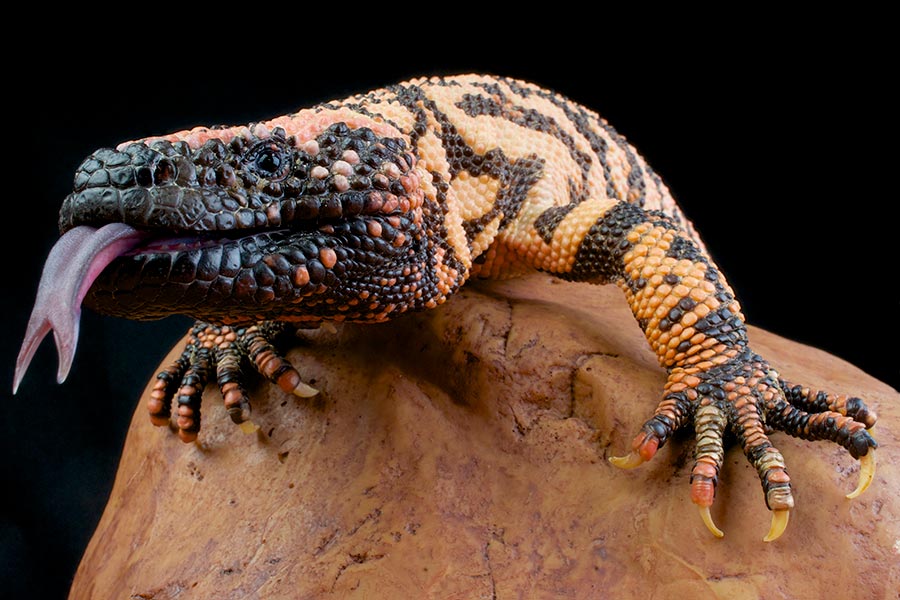≡
Cassin's Kingbird
Tyrannus vociferans
NatureServe conservation status
Global (G-rank): G5
State (S-rank): S2S3B
External links
General information
Cassin's kingbird, Tyrannus vociferans, is an aggressive fly-catcher that breeds in much of the western United States, as well as in Mexico. It winters from southern Baja California and northern Mexico southward into central Guatemala. It breeds in mixed deciduous-coniferous woodlands, in dry savannah, or in scrubby areas . It is a common summer resident along wooded riparian areas in southern Utah; it may also be found in forests of juniper or ponderosa pine.
Cassin's kingbirds establish territories, and they will aggressively defend them from other birds such as crows and hawks. Cassin's kingbird feeds primarily on insects and berries. It forages from perches near its nest and captures insects in flight. Males perform a frenzied courtship flight for the females, and then a monogamous pair bond is formed. A cup-shaped nest is constructed close to the trunk of a deciduous tree, and the female incubates her clutch of three to four eggs for about three weeks. The young are born naked and blind, and both parents care for the young. The chicks leave the nest after about sixteen days.
Species range
BREEDS: central California, northern Arizona, southern Utah, Colorado, eastern Wyoming, southeastern Montana, east to southwestern Kansas, western Oklahoma, western Texas, south to northwestern Baja California and northwestern mainland of Mexico. WINTERS: central California and northwestern Mexico, south to southern Baja California and Guatemala.
Migration
Long-distance migrant throughout U.S. (except possibly southern California). Arrives on much of breeding range by April.
Habitat
Dry savanna, open scrub, riparian woodland, along creek washes, canyons along streams, and pinyon-juniper-oak woodland; in winter also in highland pine-oak association and dry scrub (AOU 1983). Usually nests in trees, about 6-12 m above ground.
Food habits
Feeds on insects (beetles, bees, wasps, caterpillars, moths, etc.). Eats considerable amounts of fruit (grapes, berries). Typically forages by flying out from a perch and catching prey items in the air.
Reproductive characteristics
Clutch size is 2-5 (usually 3-4). Incubation, by female, lasts 12-14 days. Young leave nest in about 14 days.
References
- Ehrlich, P. R., D. S. Dobkin, and D. Wheye. 1988. The birder’s handbook[:] a field guide to the natural history of North American birds. Simon & Schuster, New York. xxx + 785 pp.
- Robbins, C. S., Bruun, B. and H. S. Zim. 1966. Birds of North America. Golden Press, New York.
- Behle, W. H., Sorensen, E. D. and C. M. White. 1985. Utah birds: a revised checklist. Utah Museum of Natural History, Occasional Publication No. 4. Salt Lake City, UT.










